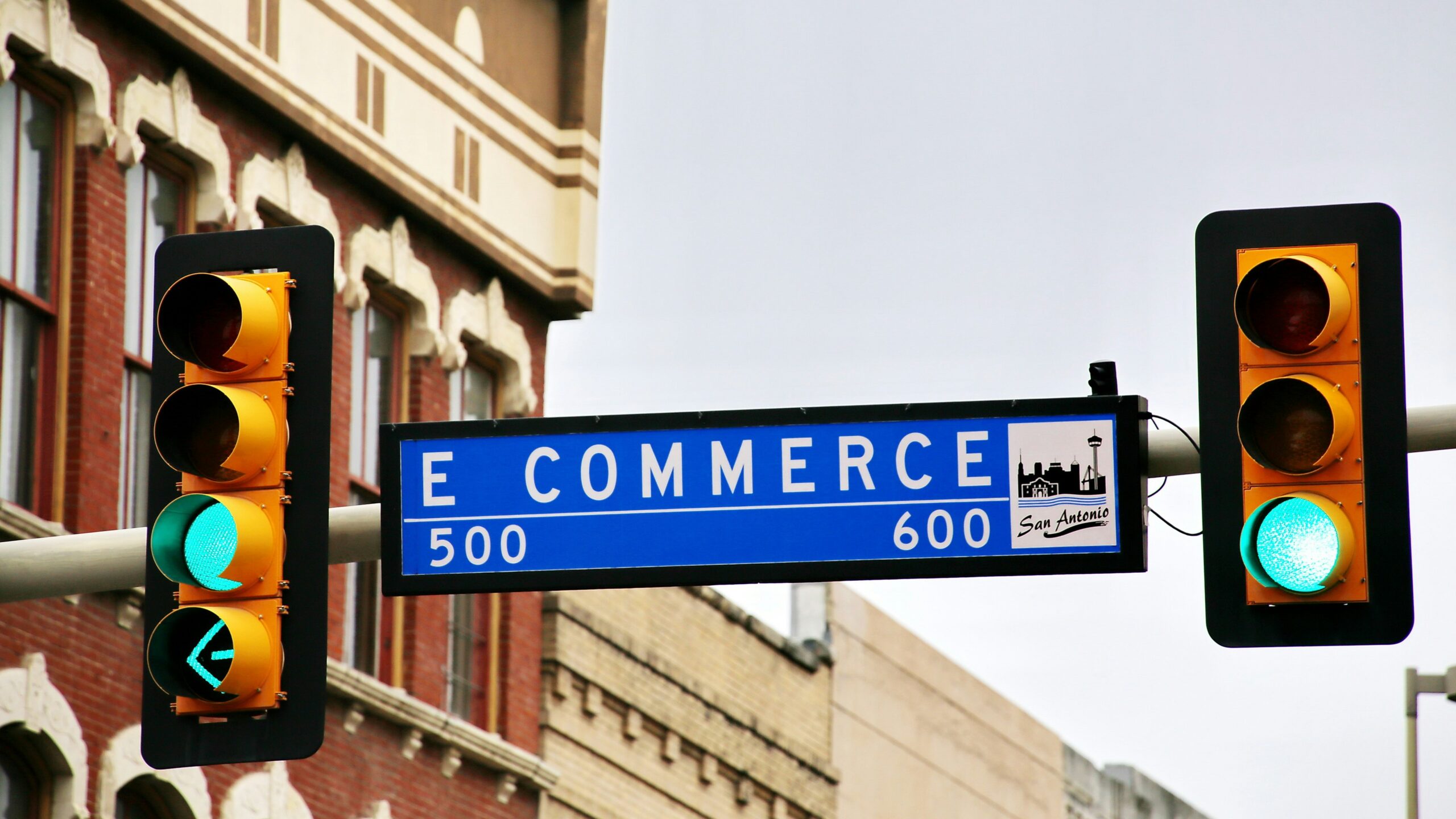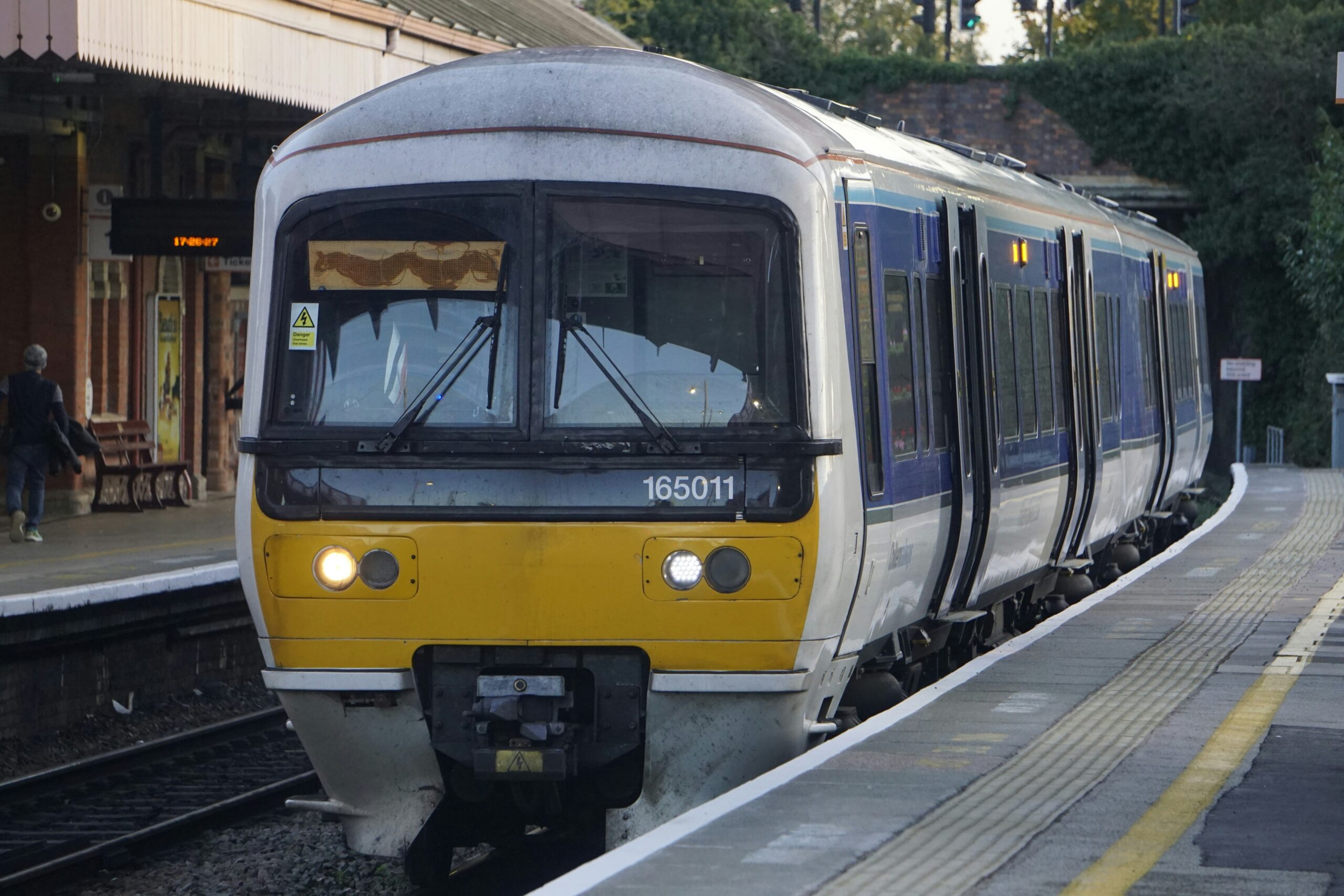No products in the cart.
Understanding Urban Development: Shaping Cities for Future Generations
Introduction to Urban Development
Urban development refers to the process of planning, designing, and managing the growth of cities and towns. It encompasses a wide range of activities and considerations, including land use, transportation, housing, infrastructure, and social services. The significance of urban development cannot be overstated, as it plays a crucial role in improving the quality of life for current and future residents of urban areas. As populations continue to grow and societies become increasingly complex, effective urban development is essential for creating sustainable, functional, and resilient cities.
The historical context of urban development provides valuable insight into its evolution. Beginning in ancient times, cities emerged as centers for commerce, culture, and governance. Throughout history, urban development has responded to various challenges, such as population density, technological advancements, and economic shifts. The Industrial Revolution, for instance, dramatically transformed urban landscapes, triggering rapid urbanization and necessitating new approaches to accommodate the influx of workers into urban centers.
As cities expanded, planners and policymakers began to recognize the importance of thoughtful urban development in ensuring the health and welfare of citizens. This led to the establishment of zoning laws, infrastructure projects, and the integration of public spaces. Over the years, urban development has also embraced principles of sustainability, seeking to balance economic growth with environmental considerations and social equity.
Today, urban development continues to adapt, increasingly focusing on smart growth, public transit, mixed-use developments, and green spaces. Technological innovations and data-driven approaches are now influencing how cities plan for the future, helping to foster inclusive communities that can thrive amidst changing demographics and economic conditions. Understanding urban development is essential for stakeholders across sectors as they collaborate to shape cities that meet the needs of diverse populations and ensure a sustainable future.
Key Drivers of Urban Development
Urban development is fundamentally shaped by several pivotal drivers that influence the structure, functionality, and sustainability of cities. Recognizing these factors is essential in understanding how cities evolve to meet the needs of their populations. One of the most prominent drivers is population growth. As the global population continues to increase, urban centers experience significant pressure to expand and accommodate the influx of residents. This growth often leads to the development of new residential areas, infrastructure improvements, and services tailored to meet the demands of a densely populated urban environment.
Economic changes also serve as a critical catalyst in urban development. As economies shift and new industries emerge, demand for housing, commercial spaces, and recreational areas rises. Economic revitalization can lead to gentrification, transforming previously underdeveloped areas into thriving neighborhoods. Furthermore, urban planning policies aimed at creating economically vibrant spaces can enhance job creation, thereby attracting further investment and population migration into urban areas.
Technological advancements are another influential driver in shaping the urban landscape. Innovations in construction materials, urban design methodologies, and transportation systems have significantly impacted how cities are developed and managed. Smart city technologies, which integrate data collection and analysis into urban planning, enable cities to streamline resources and improve services. For example, the use of intelligent traffic systems can alleviate congestion, while renewable energy technologies contribute to sustainable urban environments.
Lastly, environmental considerations are increasingly recognized as vital to urban development. Climate change and resource depletion prompt cities to adopt greener development strategies. This includes the integration of green spaces, sustainable building practices, and public transportation systems aimed at reducing carbon footprints. Urban planners are now tasked with balancing development needs with environmental conservation ensuring cities remain livable for future generations.
Types of Urban Development
Urban development encompasses a variety of types, each serving specific purposes and contributing uniquely to the overall structure and functionality of a city. The primary types include residential, commercial, industrial, and mixed-use developments, each targeting different aspects of community needs.
Residential development is focused on providing housing for the population. This category ranges from single-family homes to high-density apartment complexes. The objective is to create livable spaces that accommodate varying demographics, including families, single individuals, and retirees. The design and planning of residential areas play a crucial role in enhancing the quality of life by ensuring access to essential services such as schools, parks, and healthcare facilities.
Commercial development pertains to spaces dedicated to business activities. This type includes retail shops, office buildings, and entertainment venues. Commercial zones are strategically situated to maximize accessibility for consumers and employees, often located near public transportation and major roadways. The significant aspect of commercial development is its role in boosting the local economy by creating job opportunities and generating tax revenue, which can later be reinvested into community services.
Industrial development, on the other hand, focuses on facilities that support manufacturing, warehousing, and distribution. These developments are typically situated in areas that can accommodate heavy machinery and large transportation needs, ensuring efficient operations. Industrial facilities can foster economic growth by attracting businesses that contribute to regional prosperity.
Lastly, mixed-use developments combine residential, commercial, and sometimes industrial spaces within a single project. This approach promotes a vibrant community where residents can live, work, and play in proximity, reducing the reliance on vehicles and minimizing environmental impacts. By integrating various urban development types, cities can foster sustainable growth while addressing the diverse needs of their populations. Each form of development empowers communities and shapes the urban landscape for future generations.
Challenges in Urban Development
Urban development represents a critical intersection of planning, policy, and community engagement, yet it faces a myriad of challenges that can significantly hinder progress. One of the foremost issues is inadequate infrastructure, which often manifests as insufficient transportation networks, outdated utilities, and a lack of essential services for growing populations. As cities expand, the demand for reliable infrastructure escalates, challenging governance and resource allocation.
Another pressing challenge is environmental degradation. Urbanization typically leads to increased pollution, loss of green spaces, and strain on natural resources. These factors contribute to worsening air and water quality, further complicating the health and well-being of urban residents. Sustainable development initiatives are essential for addressing this issue, yet they often face resistance due to economic constraints and competing interests.
Gentrification, a phenomenon that occurs when wealthier individuals relocate to lower-income neighborhoods, can displace long-term residents, altering the social fabric of these communities. Although gentrification can lead to improved amenities and services, it raises concerns about housing affordability and equity. As property values rise, low-income families may find themselves priced out, resulting in social inequities that urban development must confront.
Lastly, social equity issues are pervasive in urban development. Marginalized groups, including racial minorities and low-income populations, often lack adequate representation in planning processes. This oversight can result in development initiatives that do not address their needs or concerns, perpetuating cycles of disadvantage and inequality. Addressing these challenges requires a holistic approach that prioritizes inclusivity and sustainability, ensuring that urban development benefits all community members. Recognizing and tackling these issues is crucial to fostering resilient, equitable, and sustainable urban environments that can thrive for future generations.
Sustainable Urban Development
Sustainable urban development is a critical approach that aims to create urban spaces capable of satisfying current needs while preserving resources for future generations. This concept intertwines economic growth, social equity, and environmental protection, ensuring that cities thrive without depleting their natural resources. One core principle of sustainable urban development is promoting mixed-use spaces, which allow residential, commercial, and recreational facilities to coexist. This not only enhances community engagement but also reduces reliance on transportation, thereby lowering carbon footprints.
Another essential aspect is the incorporation of green infrastructure. This includes parks, green roofs, and urban gardens, which contribute to biodiversity, improve air quality, and provide recreational areas for residents. Such practices help mitigate urban heat and manage stormwater, particularly crucial in densely populated areas susceptible to flooding. Cities like Copenhagen have made significant strides in integrating cycling infrastructure, which further supports sustainable transportation choices and encourages healthier lifestyles.
Implementing energy-efficient building practices is also paramount in sustainable urban development. By utilizing renewable energy sources and sustainable materials, cities can significantly reduce their energy consumption. For instance, the development of zero-energy buildings, which produce as much energy as they consume, serves as a standard for future construction. Moreover, retrofitting existing buildings with energy-efficient technologies is a viable strategy for large cities aiming to minimize their carbon emissions while enhancing the existing urban fabric.
Sustainable urban development contributes not only to environmental resilience but also promotes social inclusion by ensuring all community members have access to essential services and green spaces. Examples like the EcoDistricts initiative in Portland demonstrate how localized efforts can lead to broader systemic changes in urban landscapes. Ultimately, the commitment to sustainability in urban development will shape cities that are not only livable today but also capable of supporting the needs of future generations.
The Role of Technology in Urban Development
Technology has emerged as a pivotal element in the realm of urban development, influencing how cities are planned, constructed, and managed. As urban populations continue to grow, the adoption of technological solutions is essential to create sustainable and habitable environments. One key aspect of this evolution is the rise of smart city initiatives, which leverage technology to improve the quality of life for residents and optimize urban services.
Smart cities utilize a range of interconnected devices and systems to enhance urban infrastructure. This includes traffic management systems that use real-time data analytics to reduce congestion, smart energy grids that optimize energy consumption, and intelligent public transport solutions designed to provide efficient mobility options. By implementing these innovations, cities are becoming increasingly responsive to the needs of their inhabitants, creating a more dynamic urban experience.
Moreover, the integration of data analytics plays a crucial role in urban planning and development. Planners now have access to vast amounts of data, enabling them to make informed decisions that reflect actual trends and conditions. For instance, geographic information systems (GIS) allow for the visualization of urban spaces, facilitating better land-use planning. Predictive analytics can also assist in forecasting future growth patterns, helping urban developers anticipate challenges and design solutions proactively.
In addition to improving infrastructure and services, technology fosters enhanced community engagement. Mobile applications and online platforms provide residents with channels to voice their opinions and participate in decision-making processes. This level of involvement can lead to better alignment between community needs and urban development efforts, thereby ensuring that new projects resonate with the existing population.
Ultimately, technology does not merely serve as a tool in urban development; it transforms the very fabric of cities, shaping environments that are more efficient, sustainable, and inclusive. The ongoing evolution of these technologies will undoubtedly continue to influence the urban landscape for future generations.
Community Involvement in Urban Development
Community involvement plays a crucial role in the urban development process, ensuring that projects resonate with the needs and aspirations of the residents. When communities engage actively, they bring forth valuable insights that help to tailor developments to fit local contexts. This engagement not only enriches the urban landscape but fosters a sense of ownership and pride among residents, making it essential for successful urban planning.
A fundamental strategy for enhancing community participation is the establishment of platforms that serve as venues for dialogue between developers and residents. Community meetings, workshops, and focus groups allow stakeholders to voice their concerns, ideas, and preferences regarding proposed projects. By creating an environment that encourages open communication, urban developers can better understand the diverse demographics of a community, catering to various interests while prioritizing accessible amenities for all.
Moreover, leveraging technology can significantly enhance community involvement in urban development initiatives. Online surveys, social media, and digital forums offer convenient avenues for residents who may not be able to attend in-person events. This ensures a wider demographic is represented, particularly individuals from marginalized communities who may have historically been underrepresented in urban development discussions. Furthermore, utilizing geographic information systems (GIS) can enable residents to visualize proposed changes and contribute more effectively to discussions surrounding urban planning and design.
Despite these strategies, ensuring genuine community involvement remains a challenge. Developers and city officials must commit to transparency and actively address any concerns raised by residents. This fosters trust and encourages continuous collaboration. As urban development evolves, recognizing the pivotal role of community engagement will lead to more sustainable, equitable, and vibrant cities, ultimately enriching the lives of future generations.
Case Studies of Successful Urban Development
Urban development is a dynamic field that benefits greatly from real-world examples. Various projects across the globe have demonstrated innovative strategies, resulting in positive outcomes for communities. One notable case study is the transformation of the High Line in New York City. Once an abandoned railway line, the High Line was repurposed into an elevated linear park. The project not only improved urban aesthetics but also spurred economic growth in neighboring areas. This initiative exemplifies how adaptive reuse can revitalize urban spaces while promoting environmental sustainability.
Another prominent example is the redevelopment of the waterfront in Copenhagen, Denmark. The city has invested in sustainable urban planning practices that include a focus on public spaces and waterfront access. The integration of green spaces, cycling paths, and pedestrian-friendly zones has made the waterfront a vibrant area for both locals and tourists. This development emphasizes the importance of integrating nature into urban planning, enhancing quality of life in metropolitan regions.
In South America, the ‘Civic Square’ project in Medellín, Colombia, reflects successful urban development aimed at social inclusion. Once an isolated area plagued by violence, Medellín adopted the strategy of formulating public spaces that encourage community engagement. The addition of cultural centers, libraries, and parks has fostered a sense of belonging among residents. This transformation illustrates how thoughtful urban design can bridge gaps and improve safety in previously marginalized neighborhoods.
These case studies serve as valuable examples of successful urban development. They highlight the potential benefits of innovative planning strategies, from revitalizing underused spaces to enhancing community well-being. By embracing diverse approaches and learning from these successes, cities can shape urban environments that are equitable and sustainable for future generations.
The Future of Urban Development
The landscape of urban development is poised for significant transformation as cities evolve to meet the challenges of the 21st century. Anticipated trends indicate a strong emphasis on sustainability, integrating green spaces, and developing smart technology infrastructures to enhance urban living. As urban populations continue to swell, the need for resilient cities becomes paramount, necessitating comprehensive plans that address environmental, social, and economic factors.
One of the foremost challenges urban planners will face is climate change. Rising sea levels, increased temperatures, and extreme weather events compel cities to reassess infrastructure and land use. Adaptation strategies, such as developing flood-resistant buildings and expanding public transportation systems, are essential for mitigating risks associated with climate-related impacts. Furthermore, eco-friendly initiatives, including the promotion of renewable energy sources and green urban design, will likely gain traction.
Another major trend is the adoption of smart city technologies. Integrated systems that utilize data analytics and the Internet of Things (IoT) will facilitate improved public services, fostering efficiency and enhancing quality of life. Transportation systems, for example, may increasingly leverage real-time traffic data to optimize mobility and reduce congestion. This digital transformation will not only streamline urban management but also empower citizens by providing them with accessible information regarding local services and environmental health.
The surge in remote work due to the pandemic has introduced another layer of complexity. As businesses reconsider their spatial needs, urban developers must adapt by reimagining commercial spaces and creating mixed-use developments that accommodate both residential and workspace environments. This shift presents a unique opportunity for urban areas to become more versatile and responsive to changing demographics and societal needs.
Ultimately, the future of urban development will necessitate a careful balance of innovation and tradition, ensuring that cities remain livable and vibrant for generations to come. Planners and developers must embrace emerging trends while addressing historical inequities and fostering inclusive communities, a multifaceted challenge that will require cooperative efforts from various stakeholders.






















![A Comprehensive Review of [Course/Product/Experience Name] 22 man in gray shirt sitting on black chair](https://theamericansidehustle.net/wp-content/uploads/2025/03/man-in-gray-shirt-sitting-on-black-chair-1-scaled.jpg)















































































